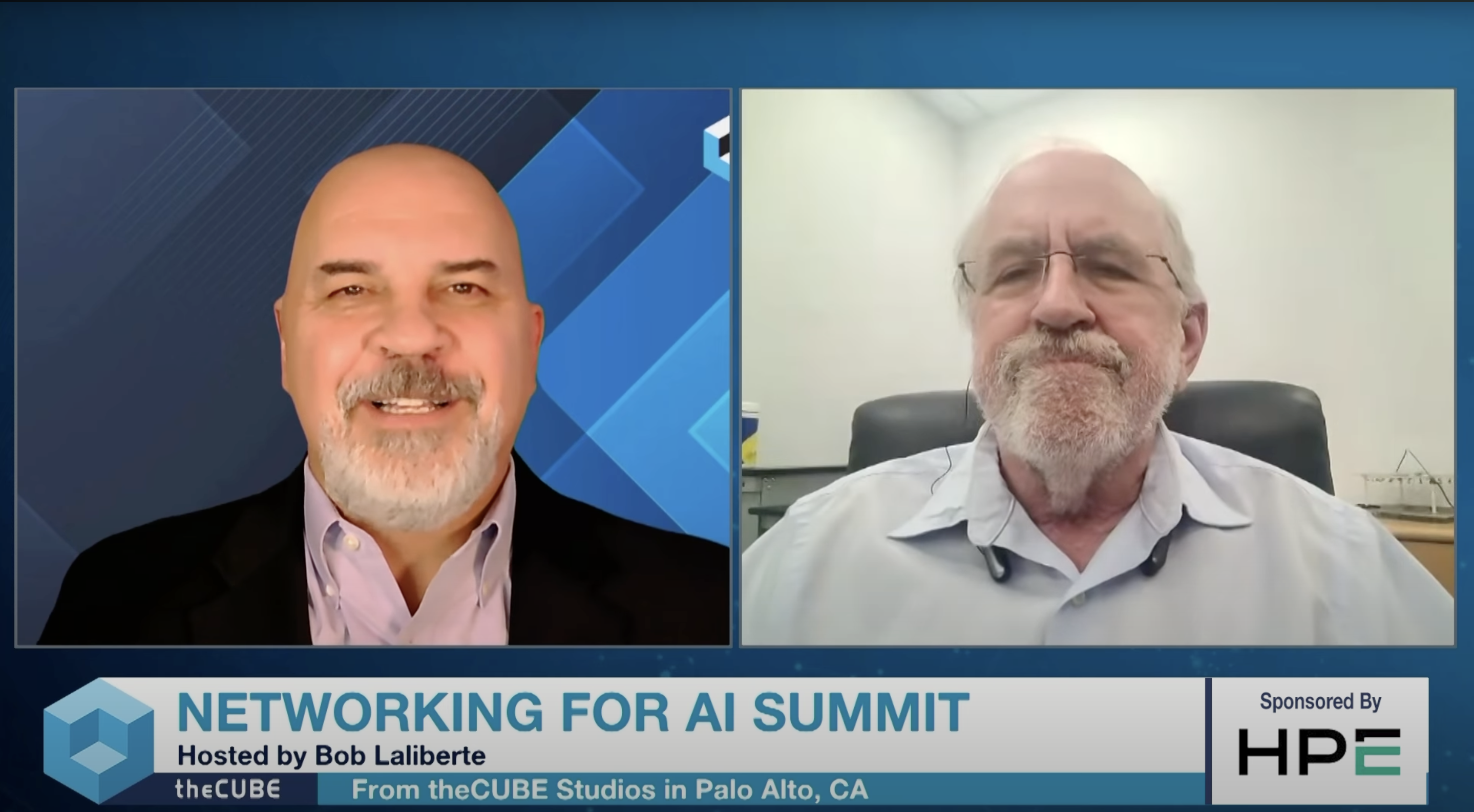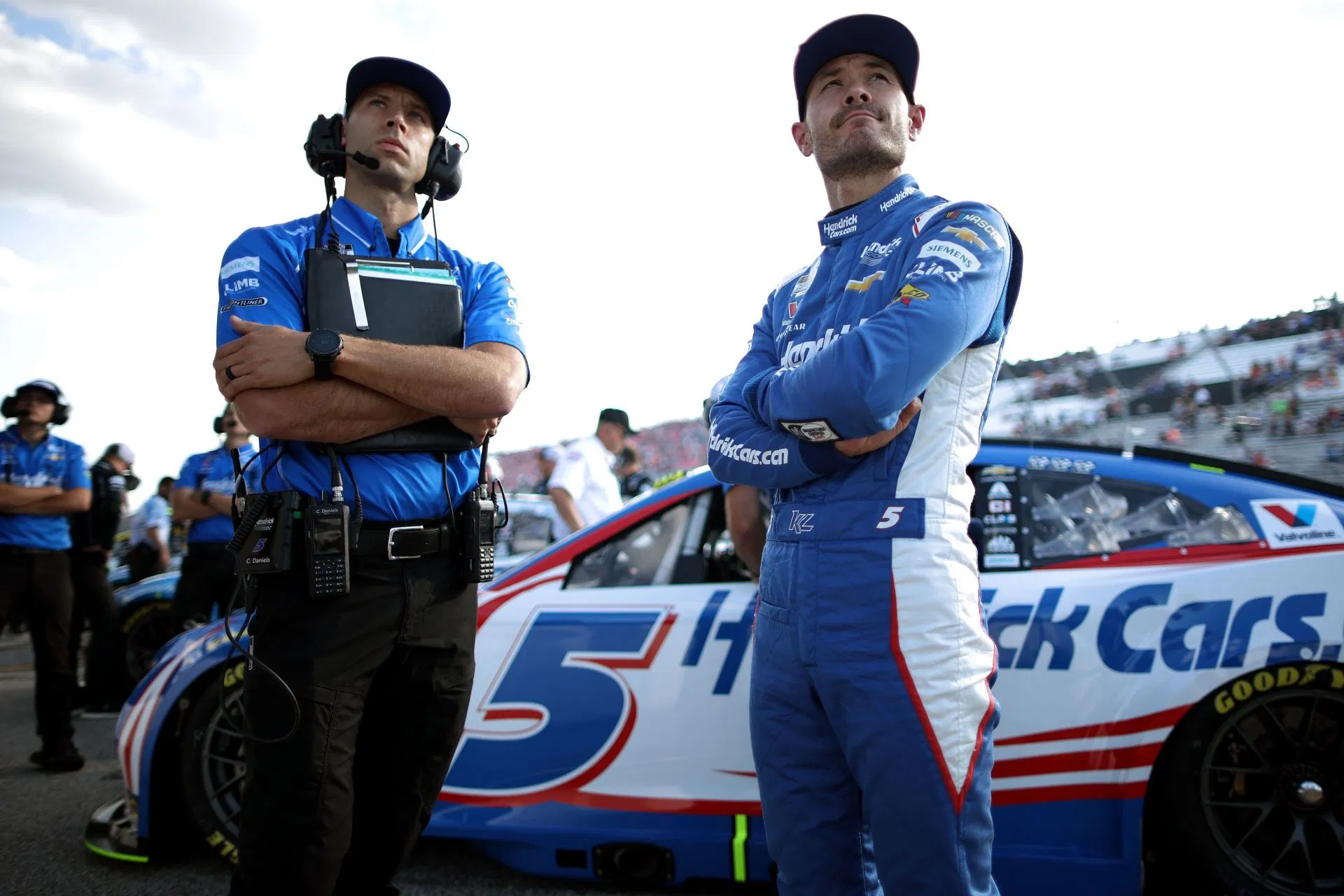
In a classic example of self-sustenance, artificial intelligence is streamlining the very networks and pipelines that underpin it. Drawing from the same idea behind self-driving cars and the evolution of autonomous transportation, infrastructure experts are building trust in AI-driven operations and gradually advancing toward fully autonomous networks.
With big names such as Hewlett Packard Enterprise Co. now embracing self-driving networks, how is the idea being transformed from a research area that grabs attention to a business reality?
“When you get in that first Waymo or Uber, what made you decide you’re going to trust that self-driving car to get you from [point] A to B?” said Bob Friday (pictured, right), chief AI officer at HPE Networking. “You saw the whole industry go from lane changes to lane keeping, and you’ve got enough experience [with] that self-driving Waymo, Uber, and you finally made the decision that it is on par with a human driver. I think we’re going through the same thing in the networking industry. How do you learn to trust your AI assistants before you turn the keys over to your data plane?”
Friday spoke with theCUBE’s Bob Laliberte (left), at The Networking for AI Summit event, during an exclusive broadcast on theCUBE, SiliconANGLE Media’s livestreaming studio. They discussed how the combined strength of HPE Networking and Juniper Networks Inc. creates a clear path to making autonomous networks a reality within the coming years. (* Disclosure below.)
Autonomous networks demand proactive operations
Today’s enterprises now recognize that AI is not only relevant but inevitable in networking. Experiences with consumer technologies — whether ChatGPT or self-driving cars — have accelerated enterprise trust, creating momentum for AI adoption in IT, according to Friday.
“If you talk to the average IT person when they walk in in the morning, it used to be a very reactive job,” he said. “There’s always a new set of problems they’re walking into. I think that when you talk to customers who have actually transitioned to cloud AI operations, you’ll hear that they don’t face the same problems every day.”
This evolution improves efficiency and elevates the role of network teams within organizations. Once AI assistants such as HPE’s Marvis take on repetitive tasks, IT professionals gain more time to drive innovation and revenue, Friday added.
“If you look at what we’re doing here at HPE Networking, we’re actually putting minis and software agents into the network itself to bring more data back to the product,” he said. “And we’re starting to tap into [Management Component Pack] and into other data sources such as Zoom and Teams.”
Here’s the complete video interview, part of SiliconANGLE’s and theCUBE’s coverage of The Networking for AI Summit event:
(* Disclosure: TheCUBE is a paid media partner for The Networking for AI Summit event. Hewlett Packard Enterprise Co., the sponsor of theCUBE’s event coverage, nor other sponsors have editorial control over content on theCUBE or SiliconANGLE.)
Photo: SiliconANGLE



